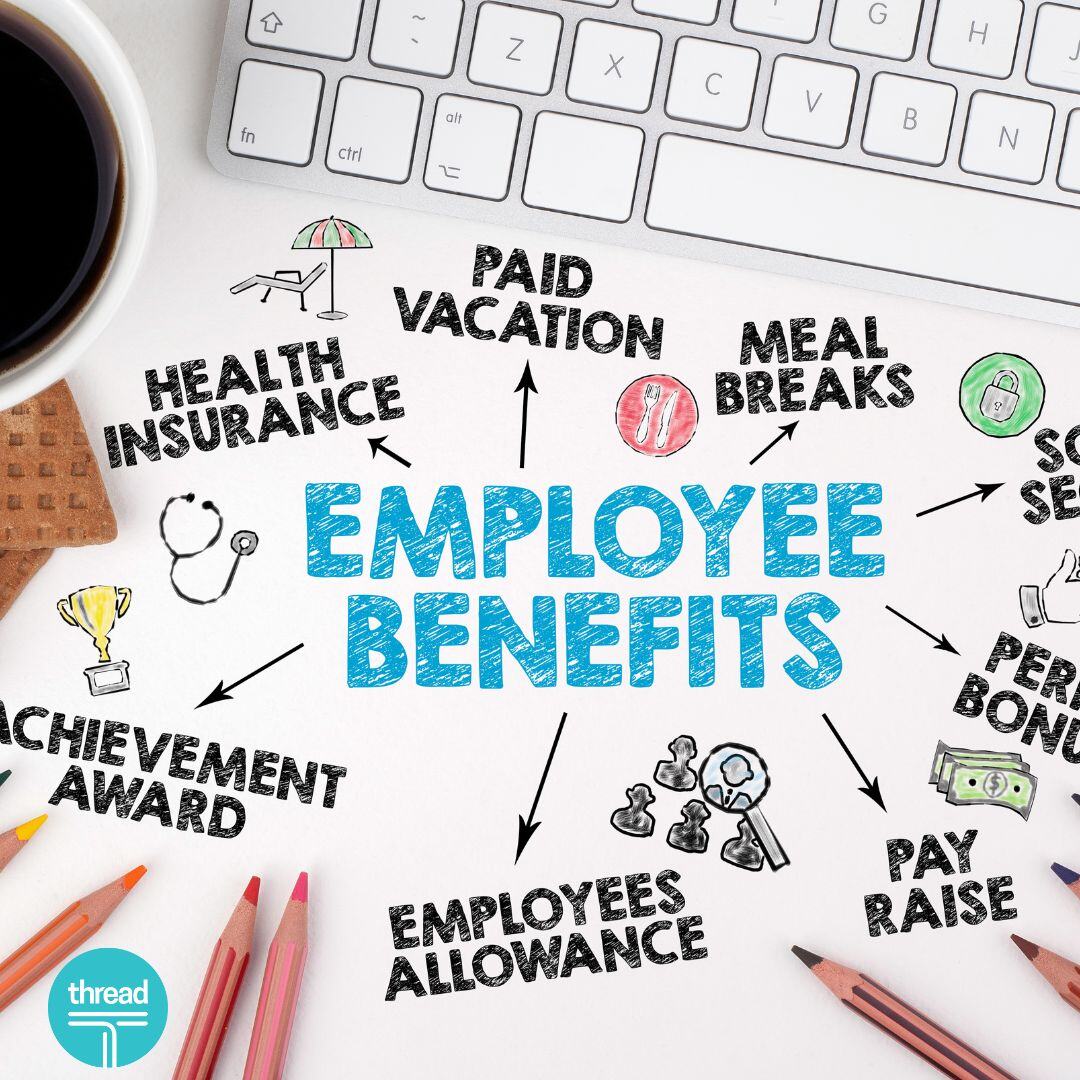Whether you’re talking about a startup or a large corporation, knowing how to manage payroll expenses is a key part of running a business. In order to manage them, though, it’s important to know what they are. So, what are payroll expenses? They’re operating expenses that are the benefits that workers receive from employers, including wages, withheld taxes, overtime, benefits, and more. However, simply knowing what payroll expenses are isn’t enough. It’s also crucial to know how to calculate payroll tax expense, comply with federal and state payroll regulations, and pay employees accurately and on time. There are many legal obligations that come with payroll taxes, and neglecting to follow any of them can result in serious consequences. This is why the majority of companies choose to hire experts, in order to ensure compliance and help the business run smoothly.
Importance of Accurate Payroll Calculations
Processing payroll requires a thorough knowledge of federal and state regulations, as well as company policies and accounting best practices. To make sure that your payroll is accurate, you should avoid the most common payroll mistakes.
Avoiding common payroll mistakes
- Misclassifying employees as independent contractors – Regulations for hiring employees vs. contractors are very different, and employers can incur hefty fines and other penalties if they misclassify an employee as a contractor.
- Neglecting to follow state laws – Almost all employers are aware of the importance of following federal regulations, but some of them may be unaware that state payroll laws apply as well.
- Missing deadlines for filing payroll taxes – All registered US businesses must deposit payroll taxes on or before the deadline set by the IRS. If the deadline is missed, the business will incur a failure-to-deposit penalty and a fine from the IRS.
- Making errors in taxes or wages paid – This doesn’t just affect an employer’s standing with the IRS, but also with their employees. If a mistake is found, this should be communicated to the IRS and to the affected employee(s), and corrected as quickly as possible.
- Delaying payroll payments – If technical issues delay payroll disbursement, the employer should keep employees updated on the situation until it’s resolved. Timely payment of wages is a legal right for employees, so if an employer withholds wages, they could be subject to legal repercussions.
- Omitting payroll record maintenance – Federal law requires all registered businesses to maintain payroll records for three years; state recordkeeping laws can differ from one state to the next. If a business is audited and found to have inadequate records, this can result in fines and other penalties.
Payroll Expenses vs. Other Financial Metrics
Payroll expenses vs. salary expenses
Payroll expenses are always greater than salary expenses, because they include more costs. What are payroll expenses? They’re salary expenses plus costs like payroll taxes, overtime, fringe benefits (monetary and otherwise), commissions, bonuses, and the cost of processing payroll. Salary expenses, on the other hand, are simply the salary or hourly wages that are paid to employees. For example, a company that pays $75,000 per year for an employee has a salary expense of $75,000 annually for that employee.
Payroll expenses vs. cost of labor
As detailed above, payroll expenses include several different costs that vary depending on the company and each employee’s position. The cost of labor is higher than payroll expenses, because it includes additional costs like training and certain types of insurance (like workers’ compensation insurance). It can also include variable costs of labor, such as the cost to run machines or maintain equipment. These two terms are sometimes used interchangeably, but the cost of labor tends to cover a wider range of costs than payroll expenses.
Step-by-Step Guide to Calculating Payroll Expenses
Gathering necessary information
Knowing how to calculate payroll tax expense requires expertise, but the process can be broken down into just a few steps. The first step is to collect the necessary information from employee W-4 forms and applicable state-required forms. These forms help employers determine employees’ tax filing status, how much tax to withhold, and more. W-4 forms also contain basic information that’s key for accurate tax filing, such as employees’ names and Social Security numbers.
Calculating gross pay
Gross pay is calculated differently for salaried vs. hourly employees, but they’re typically paid at the same time. Salaried employees always have the same gross pay for each pay period; their annual salary is simply divided by the number of pay periods per year, and disbursed with each payroll. Hourly employees get paid for the number of hours worked × their hourly rate. For instance, an employee who gets $35 per hour and works 30 hours per week in a two-week pay period has a gross pay of $2,100.
Accounting for deductions and taxes
Net pay is gross pay – taxes and deductions + additions like cash benefits, bonuses, commissions, and so on. Each employee’s net pay will depend on several factors, including their tax filing status, the deductions that are taken out, state income tax regulations, and more. At minimum, taxes and deductions typically include federal income tax withholding, state income tax withholding (if applicable), and FICA taxes. FICA stands for Federal Insurance Contributions Act, and is used to fund Social Security and Medicare benefits.
Finalizing net pay
After employer contributions and taxes have been calculated, each employee’s net pay can be finalized. Some small businesses calculate each cost manually, but even businesses that use sophisticated payroll software should employ someone who knows how to calculate payroll tax expense. Whether payroll is calculated manually or not, it should be double-checked for accuracy before being processed.
Strategies for Managing Payroll Costs
Leverage payroll software and automation
Companies who process payroll in-house have the choice to do it manually, or with the help of payroll software. Manually processing payroll is typically only done by companies with very few employees, sometimes in an effort to avoid the cost of payroll software. However, payroll software often pays for itself by reducing the time required to process payroll (plus the time spent correcting errors, which are more likely to happen when each calculation is done by hand). Payroll software automates almost all of the calculations involved in paying employees, which saves time and greatly reduces the risk of mistakes.
Streamline payroll processes
Processing payroll requires a lot of information, regardless of the size of the company. The person or team who’s responsible for running payroll needs to keep employee data updated, be aware of federal and state tax regulations, accurately input hours worked, and more. Given how complicated payroll can be, streamlining the process can benefit everyone involved. For example, companies that offer to pay employees via direct deposit (rather than cash or checks) can increase efficiency and security for their payroll process. Another example would be using an automated system that feeds hours worked per employee directly to the payroll software, instead of having employees manually write down their hours worked, which an accounting team will then manually enter for payroll. There are many ways to streamline the payroll process; each company can decide what works best for them and their team.
FAQs for Payroll Expenses
How can I lower my payroll expenses?
Some payroll expenses are inevitable, but others can be lowered with some strategic planning. Some of the most common ways are to avoid both overstaffing and scheduling overtime hours. Another way is to cross-train employees, resulting in a broader talent pool without having to hire extra people. Employers can also reduce turnover by increasing employee satisfaction, with steps like offering extra paid time off, more flexible scheduling, improved benefits, etc. The cost of training a new employee can be significant, so reducing turnover by increasing employee satisfaction, even if it costs a bit more than before, can still be more economical than paying the price of a high turnover rate.
What happens if there’s a payroll error?
If the error doesn’t have legal consequences, gets corrected quickly, and isn’t frequently repeated, then it won’t have a serious impact on employers or employees. Any error on an employee’s paycheck should be explained to them, along with an apology if necessary – otherwise, their confidence in their employer could be damaged.
If there’s a more serious payroll error that could have legal implications, such as neglecting to deposit payroll taxes, it’s recommended that the employer engages a lawyer to help them fix the problem. Payroll mistakes are bound to happen because of technical issues or human error, but these can be kept to a minimum if prevention is prioritized over damage control.
How often should employees be paid?
There’s no federal law regulating payroll frequency, but each state has its own laws on the subject. For example, Georgia law states that employers must select paydays which divide the month into at least two equal pay periods (exceptions apply to employees in the sawmill, farming, and turpentine industries). As long as they comply with state laws, employers can set their own payroll schedules; this could mean weekly, biweekly, monthly, quarterly, or even annual pay periods.
















